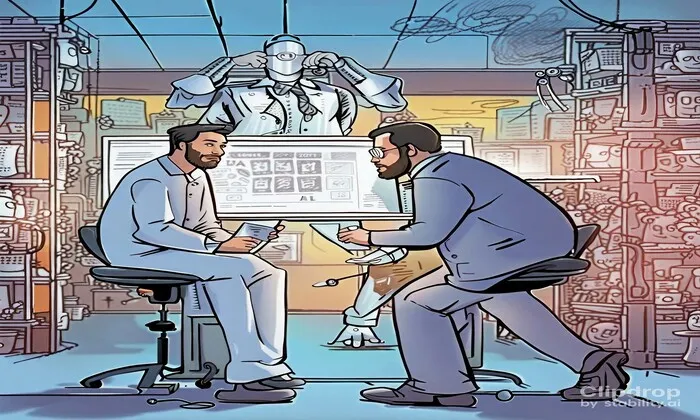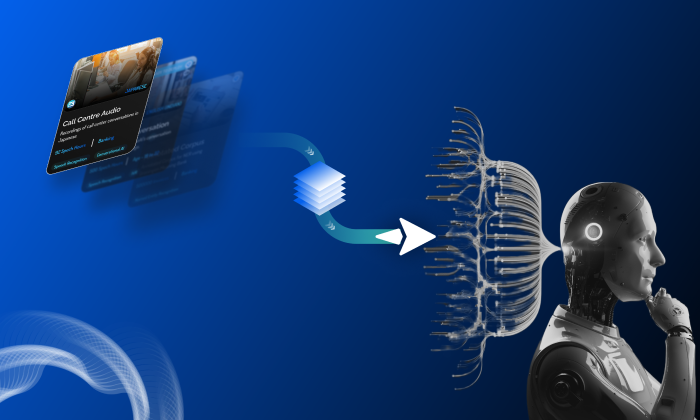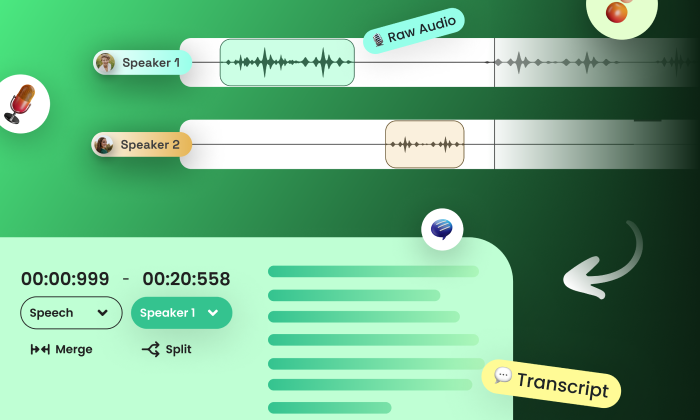Do you annotate named entities like diseases, drugs, and dosages in doctor dictation dataset?
NLP
Healthcare
Data Annotation
In the realm of doctor dictation datasets, annotating named entities like diseases, drugs, and dosages is a fundamental task that enhances the capabilities of medical AI systems. This process involves identifying and classifying specific medical terms within the clinical narratives dictated by healthcare professionals. Let’s delve into how this works, why it’s crucial, and the real-world implications of effective named entity recognition (NER).
Named Entity Annotation in Doctor Dictation
Named entity recognition (NER) in medical dictation identifies and categorizes terms related to healthcare, such as diseases (e.g., “acute bronchitis”), medications (e.g., “amoxicillin”), and dosages (e.g., “500 mg TID for seven days”). This process extracts relevant information to improve clinical documentation and boost the accuracy of automated systems, such as medical speech recognition and clinical decision support tools.
Why Named Entity Recognition Matters in Clinical Datasets
The significance of NER in doctor dictation datasets is profound, impacting several key areas:
- Enhancing Patient Safety: Accurate annotation ensures that clinical data is reliable and precise, which is crucial for making informed treatment decisions and ensuring patient safety.
- Boosting AI Model Performance: Machine learning models, particularly those in natural language processing (NLP), benefit greatly from annotated datasets. High-quality, annotated data enhances model training, leading to better recognition and understanding of medical terminologies.
- Supporting Regulatory Compliance: Proper annotation facilitates compliance with healthcare regulations such as HIPAA, ensuring sensitive information is processed in a controlled and secure manner.
How Named Entity Annotation Works
The annotation of named entities in doctor dictation involves several structured steps:
- Data Collection: Audio recordings of healthcare professionals dictating clinical notes are collected. These recordings are typically captured in controlled environments to ensure clarity and minimize background noise. Various devices like smartphones and desktop microphones are used to capture diverse audio samples.
- Transcription: The audio is transcribed into text, either verbatim, capturing every utterance, or cleaned for clarity. Accurate transcription is crucial as it forms the basis for effective annotation.
- Annotation Process: Trained medical linguists identify named entities within the transcriptions. This involves:
- Entity Identification: Recognizing terms qualifying as diseases, drugs, dosages, and other medical entities.
- Categorization: Classifying these entities into predefined categories such as PROBLEM, DRUG, and DOSE.
- Relationship Mapping: Establishing connections between entities (e.g., linking a drug to its dosage).
- Quality Assurance: A robust QA process ensures annotation accuracy, typically involving a two-pass review where an initial review is followed by a clinician’s check. This ensures medical terminology is correctly applied and meets high accuracy standards, often above 98% for cleaned transcripts.
Real-World Impacts and Applications
Effective NER in doctor dictation datasets is not just a technical task; it has significant implications for healthcare:
- Improved Clinical Outcomes: By providing accurate and structured data, healthcare providers can make better-informed decisions, leading to improved patient outcomes.
- Enhanced Healthcare Analytics: Annotated datasets enable advanced analytics, supporting trends analysis and predictive modeling in healthcare.
- Facilitated EMR Automation: Structured data from NER enhances the automation of electronic medical records, reducing administrative burdens on healthcare professionals and allowing them to focus more on patient care.
By understanding the importance of named entity annotation in doctor dictation datasets and addressing common challenges, teams can produce high-quality datasets that enhance clinical documentation and support the development of robust AI applications. FutureBeeAI’s expertise in data collection, transcription, and annotation positions us as a trusted partner for organizations aiming to leverage the full potential of medical AI systems.
Smart FAQs
Q. What types of entities are typically annotated in a doctor dictation dataset?
A. Common entities include diseases (PROBLEM), medications (DRUG), dosages (DOSE), and administration routes, enabling structured and actionable medical data.
Q. How does the annotation process ensure accuracy?
A. The process involves multiple layers of quality assurance, with reviews by trained medical linguists and clinicians, ensuring the dataset meets high standards for medical terminology accuracy.
What Else Do People Ask?
Related AI Articles
Browse Matching Datasets
Acquiring high-quality AI datasets has never been easier!!!
Get in touch with our AI data expert now!








